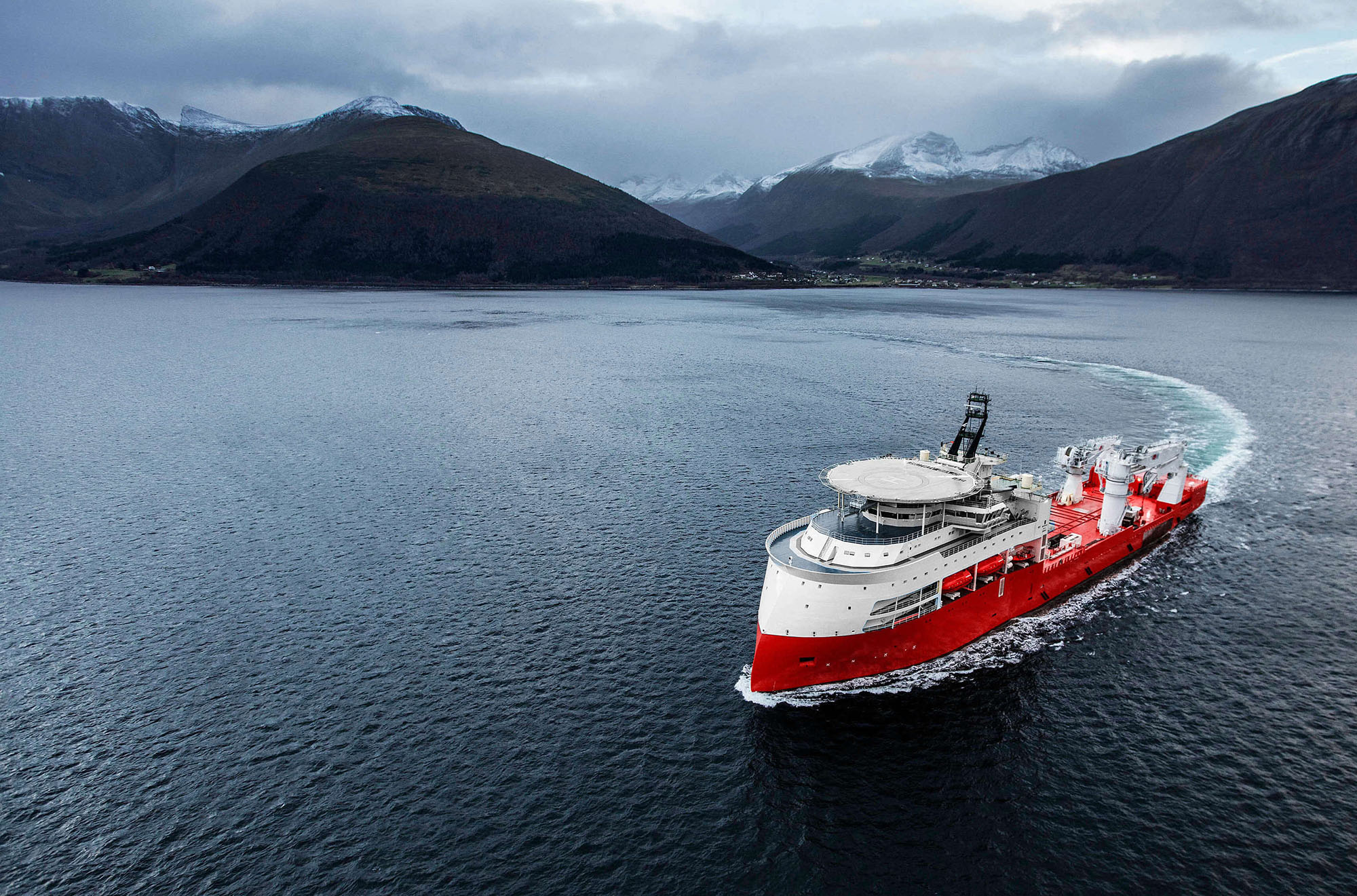
Publications
Condition and tendencies of the tanker market
Condition and tendencies of the tanker market
TANKER MARKET AT A GLANCE
- The crude tanker market is in better shape than a year ago.
- Market is still suffering from massive oversupply.
- Tanker industry (as well as the whole shipping industry) is undergoing a process of transition driven by a combination of technological advances related to fuel efficiency and environmental requirements.
TIMECHARTER RATES ARE UP, BUT REMAIN LOW IN A HISTORICAL PERSPECTIVE
Aframax Earnings
2014 vs 2013

Suezmax Earnings
2014 vs 2013

VLCC Earnings
2014 vs 2013

World seaborne oil trade

World oil chokepoints and trade flow

DEMAND
- SEABORNE CRUDE OIL TRADE IS DECLINING.
- The main reason for this decrease was that both North America and Europe reduced imports of crude oil, albeit for very different reasons.
- The decrease in US and European crude oil imports from West Africa has made the crude oil available to the Asian market instead.
SUPPLY
Tanker fleet development in a million tons DWT

SUPPLY
Order book in percent of existing fleet ‐ Tankers in excess of 10.000tons DWT

SUPPLY
Newbuilding contracting activity is being warmed up by
- Vast shipyard capacity
- Low newbuilding prices
- Support from local export credit agencies
SUPPLY
Investments in Shipping

Average newbuilding price 12% above the low of 2013

Average scrapping age continues to decline

Pressure from environmental requirements
- SOx (MARPOL Annex VI)
- NOx (MARPOL Annex VI)
- Ballast Water (BWM Convention)
- Recycling (Ship Recycling Convention)
- CO2 (MARPOL Annex VI)
From 01.01.2015 the sulphur content allowed in the Emission Control Areas (ECA) will decrease from the currently allowable 1% to 0.1%

ECAs: Cost of Compliance
In practice (obviously dependent on bunker prices at the time) there are estimates that an Aframax doing a cross North Sea voyage will incur an additional cost in excess of $100,000 basis a round voyage of 9 days.

Economic Pressure

Based on Aframax tanker, 1 year TC rate and Rotterdam bunker price
Increasing the performance of existing vessels

OUTLOOK
- Fleet growth is unlikely to exceed 2% p.a. on average through 2016 (1/3 of the average growth rate seen between 2009 and 2013).
- Changing trade dynamics and longer travel distances could potentially absorb the increasing inflow of vessels.
- The crude tanker fleet is young and premature scrapping seems inevitable if future supply outperforms demand by a large margin.
Evgeniy Dolgikh, 10.11.2014
download pdf back
